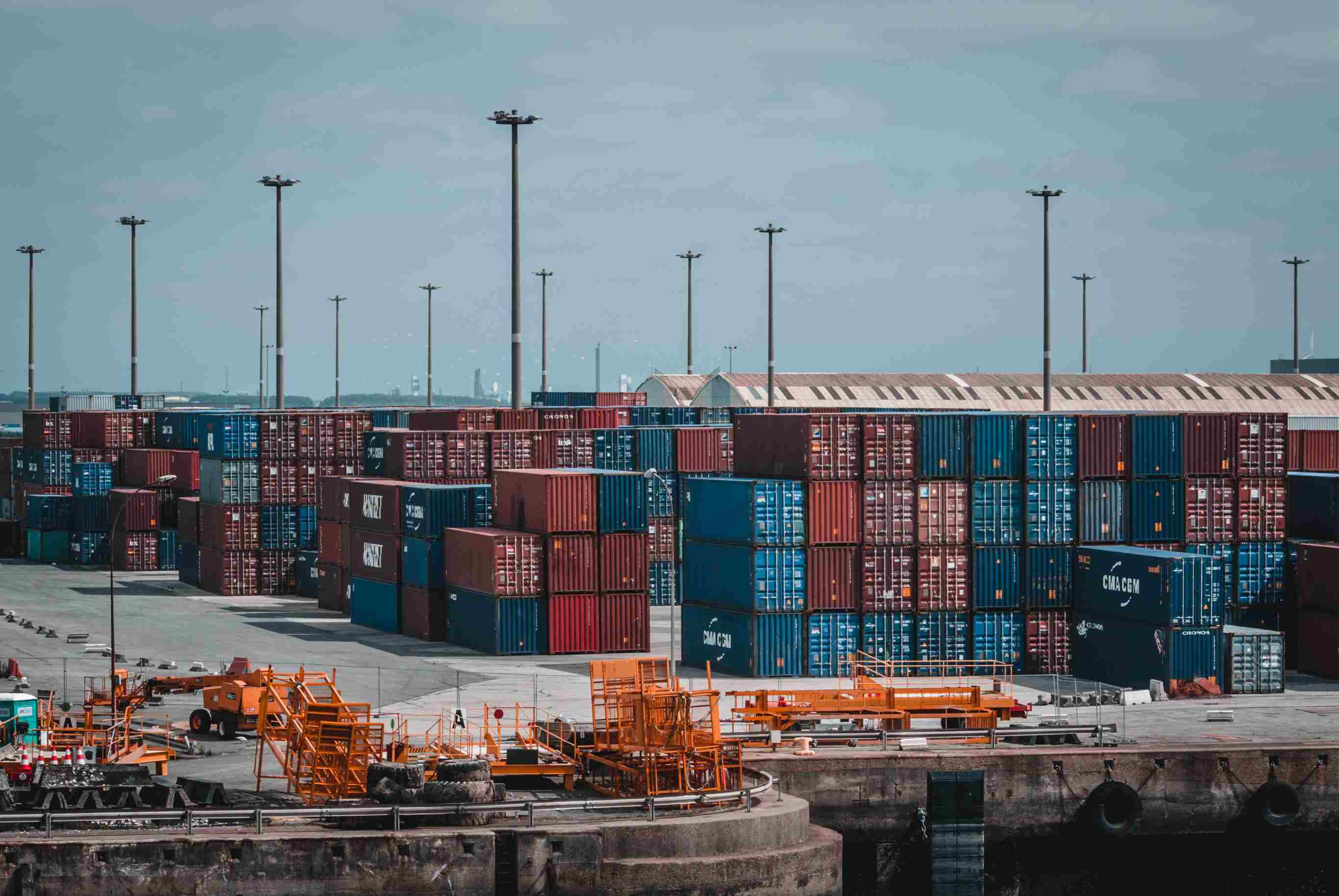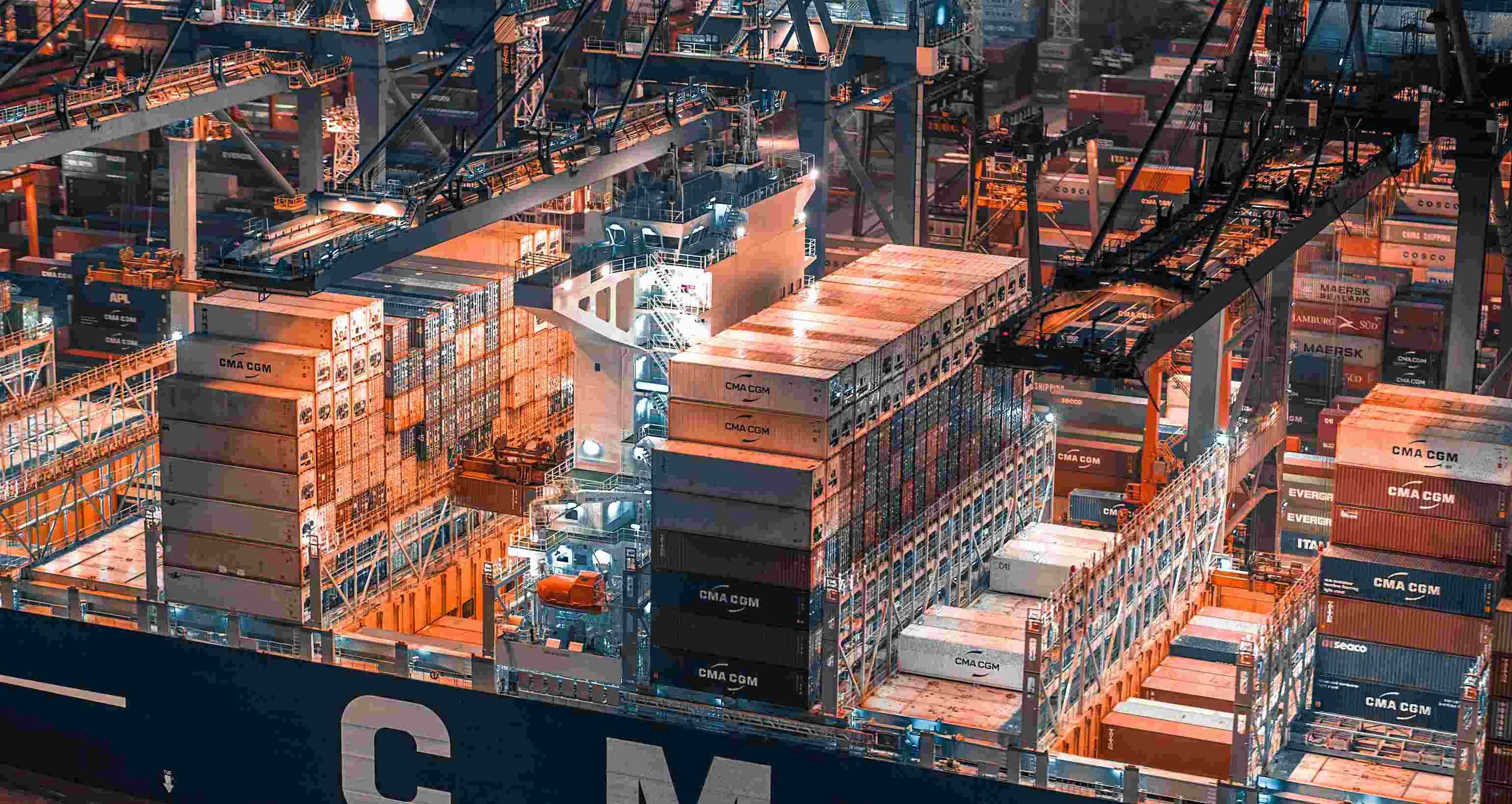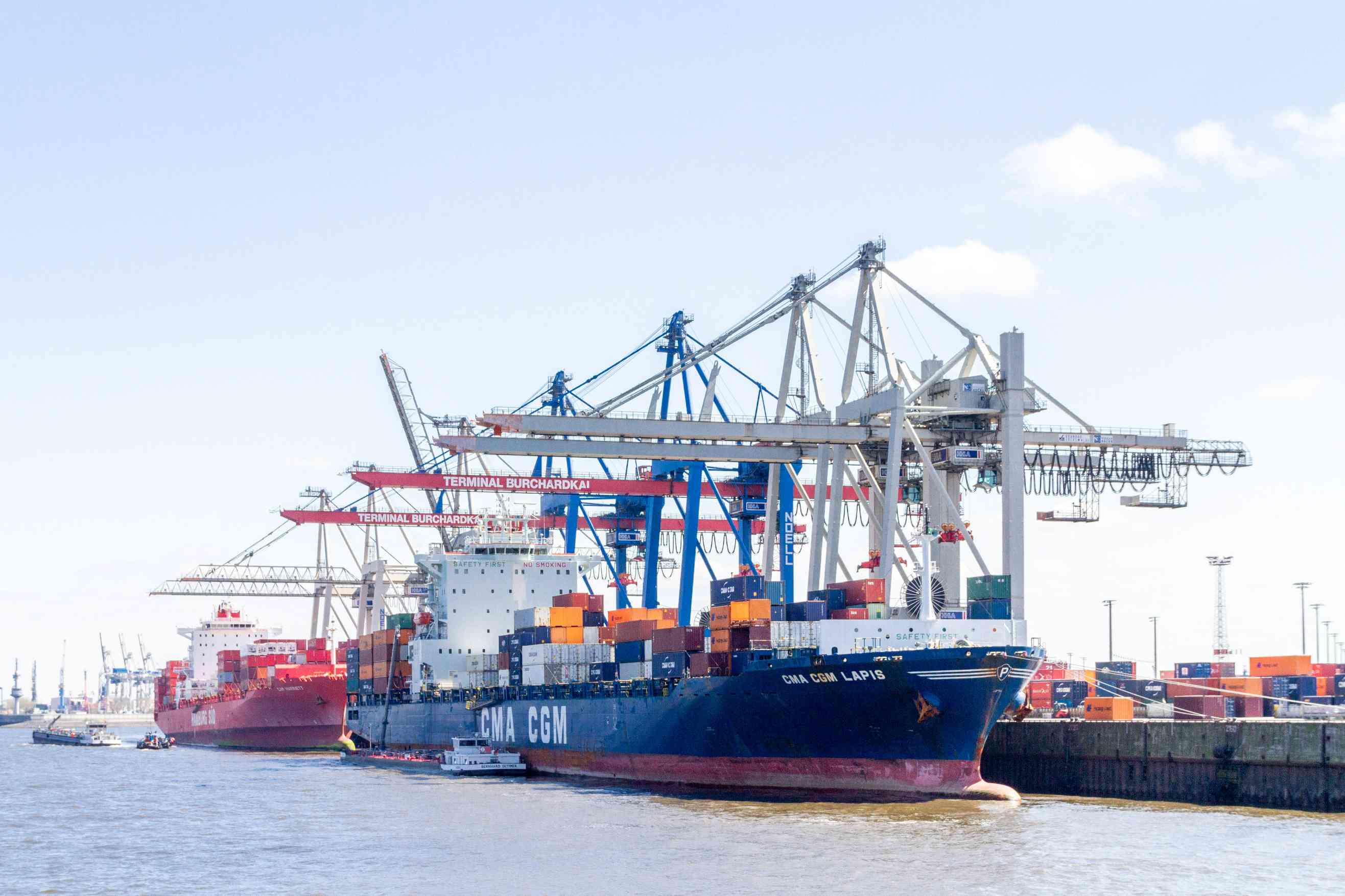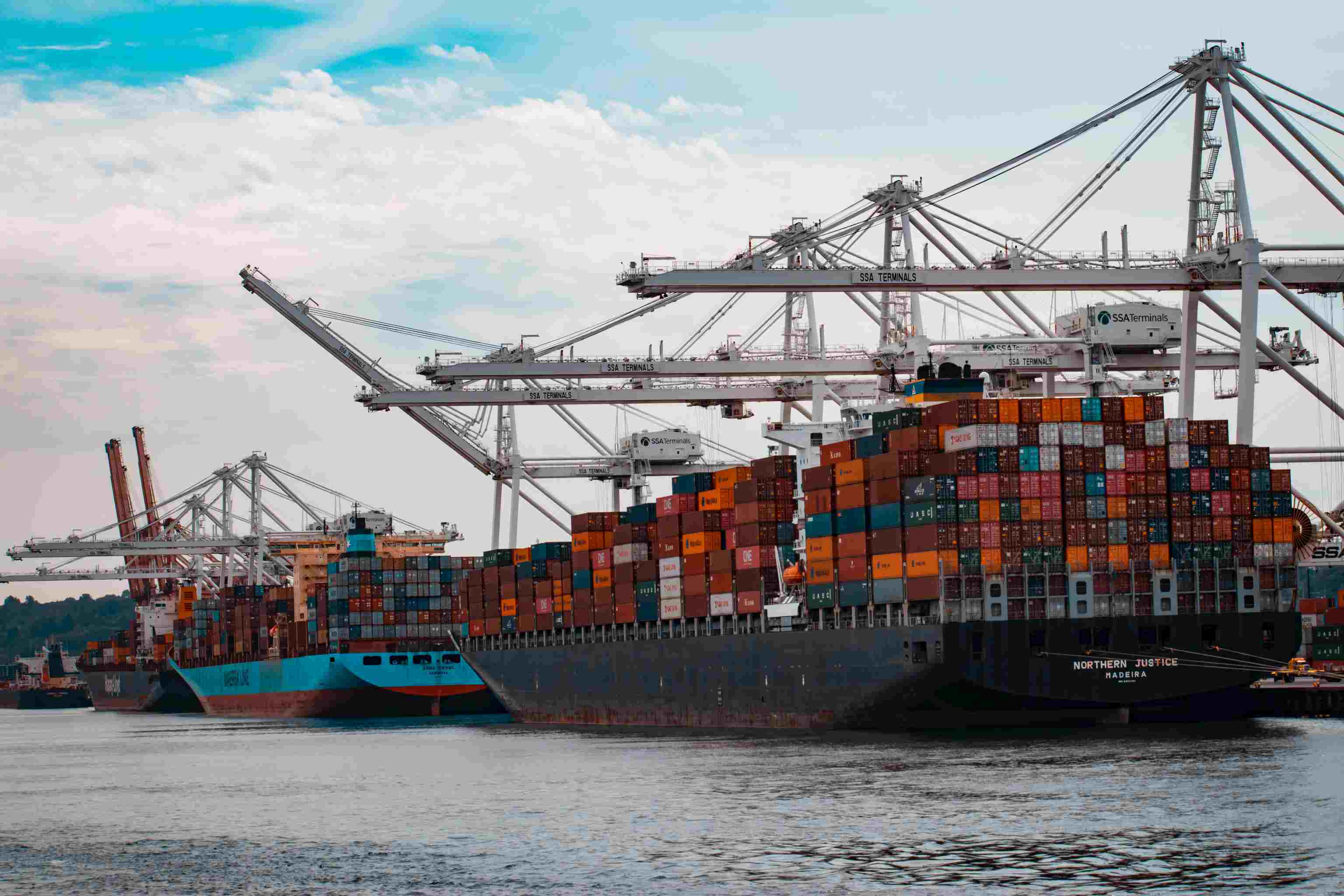A typhoon is coming. Crew friends, are your defenses ready?(Shipping Company in China)
The Central Meteorological Observatory issued a typhoon blue warning at 10:00 on July 31. The tropical depression in the northern part of the South China Sea has strengthened to 8th typhoon "Weipa" this year at 8 am today.(Shipping Company in China)
It is expected that the typhoon center will move northwest at a speed of 15-20 kilometers per hour, and the intensity will be strengthened. From the night of July 31 to the early of August 1, Guangdong Typhoon to Wanning, Hainan Island Landing along the coast (tropical storm, 8-9, 20-23m / s). After landing, it will pass through the Leizhou Peninsula and will move into Beibu Gulf during the day on August 1st. At night from August 1st to the morning of August 2nd, it will land again from the coast of Guangxi to northern Vietnam (Tropical Storm, 8-9, 20 -23m / s).
Meteorological experts reminded that Typhoon Weipa No. 7 this year will mainly affect southern China, because the location of generation is relatively close to the land, and the monsoon originates from low pressure. Water vapor transport and major convection are in the peripheral area. There is little room for development after generation. However, it may go slowly in the later period, so the stormy weather lasts a long time, and the accumulated rainfall may be large.
Whereas severe weather will affect coastal navigation in Hainan and South China. At present, major ports and terminals in South China have issued emergency notices and have ceased to collect empty container services.
Typhoon alarms in major ports have been unable to lift empty containers. Everyone must pay attention here and be prepared in advance. In order to avoid the possible heavy storm and rain caused by the typhoon "Weipa", road congestion, terminal closure and other impacts will bring losses.
The typhoon struck. Relevant units and crew friends are requested to take the following defense measures in advance:
The ship's defense against Taiwan should be based on defense, and there should be a margin for measures against Taiwan. The crew should be familiar with the performance status of the ship. According to the path, intensity and water conditions of the typhoon, combined with the actual situation of the ship's scale data, performance status, loading conditions, etc., take appropriate measures such as anchoring or offshore mobile defense. .
Shipping companies should improve the instructions or procedural documents to prevent typhoons, track, inspect, supervise and guide ships affected by the typhoon, and strengthen the training of crew members against typhoons.
The company should have overall arrangements for the ship's defense against typhoons. Before making recommendations to the ship on the deployment of typhoons, it should fully analyze the trend and intensity changes of the typhoon, and according to the changes in the wind and path of the typhoon, combined with the ship's scale, loading conditions, performance conditions, etc. The actual situation, timely adjustments to Taiwan's deployment recommendations, encourage the captain to express their opinions on the scene.
Before the typhoon season approaches, the master should organize relevant personnel of various departments to conduct a comprehensive inspection of the ship's typhoon prevention equipment and its attachments to ensure that boilers, main engines, auxiliary engines, windlass, steering gear and other equipment are in normal conditions.
During the loading and unloading or anchoring of the port affected by the typhoon, the captain should carefully receive the weather forecast, especially pay attention to receiving the meteorological alarms broadcast by the local meteorological department, and closely track the typhoon dynamics. When the typhoon causes damage to ships loading or unloading at the port or anchored in the port, When impacted, timely adjust the loading and unloading plan and take precautionary measures.
The crew should overcome paralysis, have sufficient understanding of the huge damage caused by the typhoon, maintain continuous attention and alert to changes in the path and intensity of the typhoon, and reasonably choose water for preventing typhoons. The master of the ship shall organize the crew to study and deploy defensive track, evaluate the difficulties and dangers that may occur in the defensive ship, and formulate corresponding countermeasures. When necessary, consideration may be given to maritime navigation of ships and mobile defense.
The crew should strengthen the study of the company's system documents and anti-Taiwan defense plans, and take measures to prevent and combat Taiwan in strict accordance with the requirements of the system documents and anti-Taiwan defense plans. Before the typhoon, the deck moving equipment and components should be reinforced and bound, and the ballast tanks should be ballasted, including the ballast tanks of the ship's storm, to the maximum amount, reducing the impact of the free surface and reducing the ship's impact. The wind area increases the draft of the ship.
When a ship is anchoring at the platform, it should prepare vehicles and anchors, and take timely measures such as throwing a "one-point anchor" and loosening the length of the anchor chain according to the wind changes and the sheltering conditions of the anchorage. Do not twist anchors in high winds, because it is easy to cause anchors to move quickly. If the anchor must be twisted, the car, rudder, and anchor must be prepared to work together. If necessary, move the car first and then anchor the anchor, or move the anchor while anchoring. Source: My Love Shipping Network





